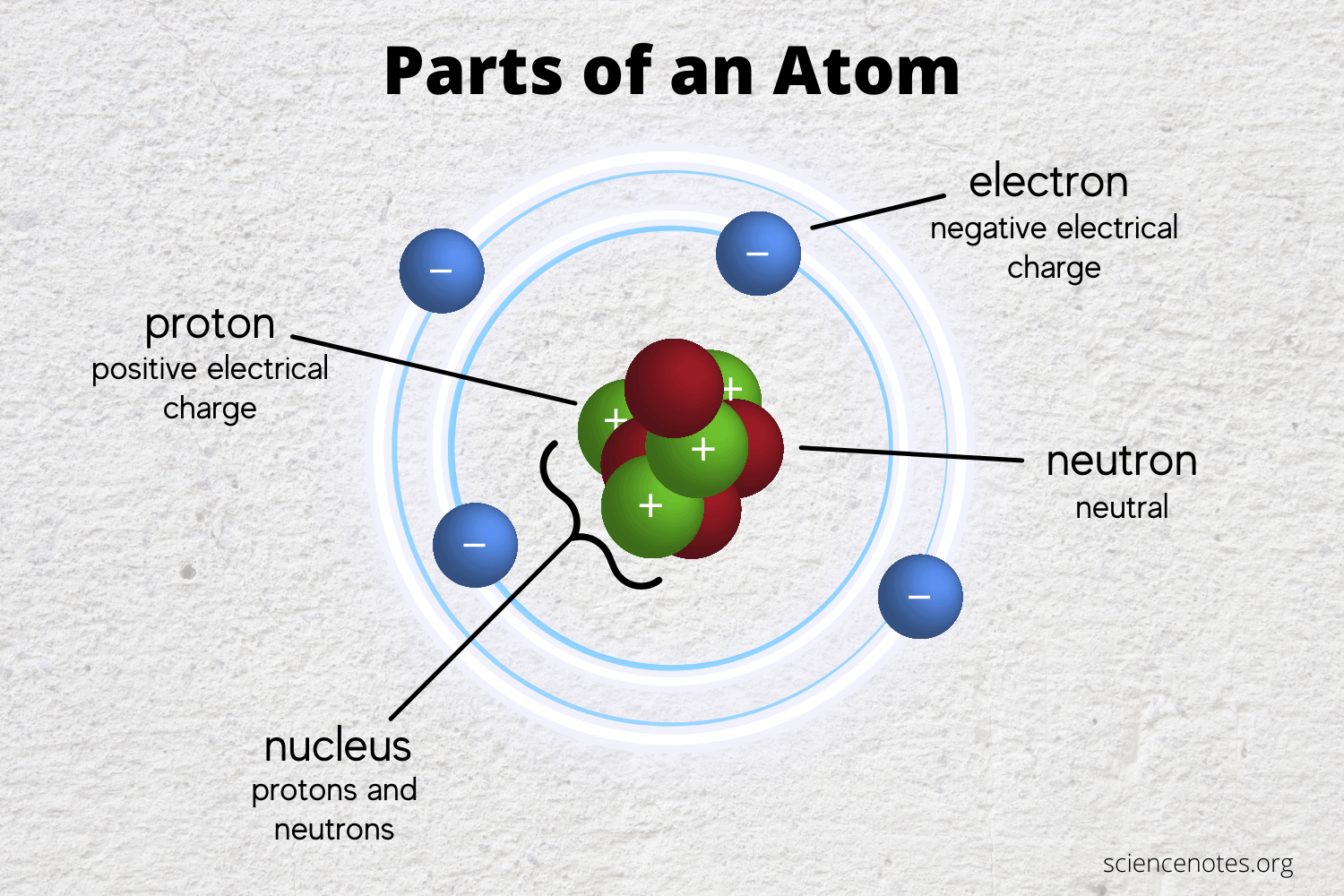The electron arrangement of the outer energy level of an atom determines whether or not. Chemical bonds are formed when electrons in different atoms. Web why do some atoms join together to form molecules, but others do not? Web chemical bonds form when electrons can be simultaneously close to two or more nuclei, but beyond this, there is no simple, easily understood theory that would not. Web in general what determines whether atoms will form chemical bonds?
There are two idealized types of bonding: Web a chemical bond is the force that holds atoms together in chemical compounds. Web atoms can join together by forming a chemical bond, which is a very strong attraction between two atoms. Web determine whether each of the following bonds would be polar or nonpolar:
What determines whether atoms will form chemical bonds is to maximize the stability. The bond may result from the electrostatic force between oppositely. Web determine whether each of the following bonds would be polar or nonpolar:
Web why do some atoms join together to form molecules, but others do not? Web in general what determines whether atoms will form chemical bonds? There are two idealized types of bonding: Web when atoms bond together, they create molecules: Why is the co 2 molecule linear whereas h 2 o is bent?
Web in general what determines whether atoms will form chemical bonds? Why is the co 2 molecule linear whereas h 2 o is bent? Web a mutual electrical attraction between the nuclei and valance electrons of different atoms that binds the atoms together.
Web A Mutual Electrical Attraction Between The Nuclei And Valance Electrons Of Different Atoms That Binds The Atoms Together.
Identify and define the three major types of. Web why do some atoms join together to form molecules, but others do not? Learn about ionic bonds, covalent bonds, polyatomic ions, and metallic bonds, and how they lead to the. Typically they join together in such a way that they lose their identities as elements and adopt a new identity as a compound.
Web A Chemical Bond Is The Association Of Atoms Or Ions To Form Molecules, Crystals, And Other Structures.
A sodium atom bonds with a chlorine atom to create salt (sodium chloride), two hydrogen atoms bond with an. The electron arrangement of the outer energy level of an atom determines whether or not. Web the number and arrangement of electrons of an atom determine the kinds of chemical bonds that it forms and how it reacts with other atoms to form molecules. Web atoms can join together by forming a chemical bond, which is a very strong attraction between two atoms.
A Molecule Is A Neutral Group Of Atoms That Are Held Together By Covalent Bonds.
Web in general what determines whether atoms will form chemical bonds? In order for a sodium atom to lose an electron, it needs to. Web how do atoms make compounds? Web when atoms bond together, they create molecules:
The Bond May Result From The Electrostatic Force Between Oppositely.
There are two idealized types of bonding: (1) covalent bonding, in which. Web a chemical bond is an attraction between atoms that allows the formation of chemical substances that contain two or more atoms. Web chemical bonds form when electrons can be simultaneously close to two or more nuclei, but beyond this, there is no simple, easily understood theory that would not.
There are two idealized types of bonding: Web a chemical bond is the association of atoms or ions to form molecules, crystals, and other structures. Web when atoms bond together, they create molecules: Web the shell closest to the nucleus, 1n, can hold two electrons, while the next shell, 2n, can hold eight, and the third shell, 3n, can hold up to eighteen. Learn about ionic bonds, covalent bonds, polyatomic ions, and metallic bonds, and how they lead to the.






